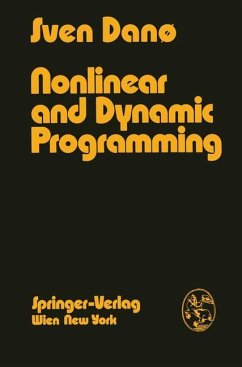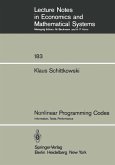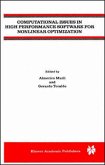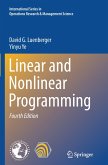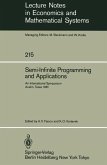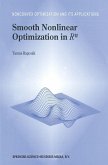This book is intended to provide an introductory text of Nonlinear and Dynamic Programming for students of managerial economics and operations research. The author also hopes that engineers, business executives, managers, and others responsible for planning of industrial operations may find it useful as a guide to the problems and methods treated, with a view to practical applications. The book may be considered as a sequel to the author's Linear Programming in Industry (1960, 4th revised and enlarged edition 1974), but it can be used independently by readers familiar with the elements of linear programming models and techniques. The two volumes con stitute an introduction to the methods of mathematical programming and their application to industrial optimization problems. The author feels that the vast and ever-increasing literature on mathematical programming has not rendered an introductory exposition super fluous. The general student often tends to feel somewhat lost if he goes straight to the special literature; he will be better equipped for tackling real problems and using computer systems if he has acquired some previous training in constructing small-scale programming models and applying standard algorithms for solving them by hand. The book is intended to provide this kind of training, keeping the mathematics at the necessary minimum. The text contains numerous exercises. The reader should work out these problems for himself and check with the answers given at the end of the book. The text is based on lectures given at the University of Copenhagen.
Bitte wählen Sie Ihr Anliegen aus.
Rechnungen
Retourenschein anfordern
Bestellstatus
Storno

